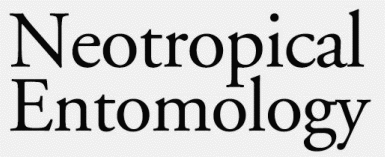The previous burning of sugarcane straw before harvest causes a series of inconvenients to the environment, specially to the tillage-associated insects. Fire is used to control pests and diseases in the agriculture, however its effect on insect populations is not well understood or documented, mainly on invertebrate groups responsible for nutrient recycling and energy flow. Our objective was to evaluate the effect of controlled burning sugarcane straw on the local insect community. The insects were collected in different dates before and after burning. The species selected for the analysis were affected by fire. Among the 35 taxa collected, 17 were considered more relevant to explain the observed variation in the frequency of species captured through time. In the first sampling after burning, there was a decrease in abundance of five species [Nitidulidae (species 2; Coleoptera), Lutosa brasiliensis (Brunner von Watternwyl) (Orthoptera: Gryllacrididae), Phoridae e Drosophilidae (Diptera) e Labia minor L. (Dermaptera: Labiidae)], among the 17 species selected for analysis. The canonical variate analysis for different sampling dates indicated significant difference between treatments, considering the composition and the species abundance. Despite the different composition of the insect community observed before and after burning, there is a tendency of community recovery to the observed pattern before burning.
Labia minor; Xyleborus; Nitidulidae; soil trap





